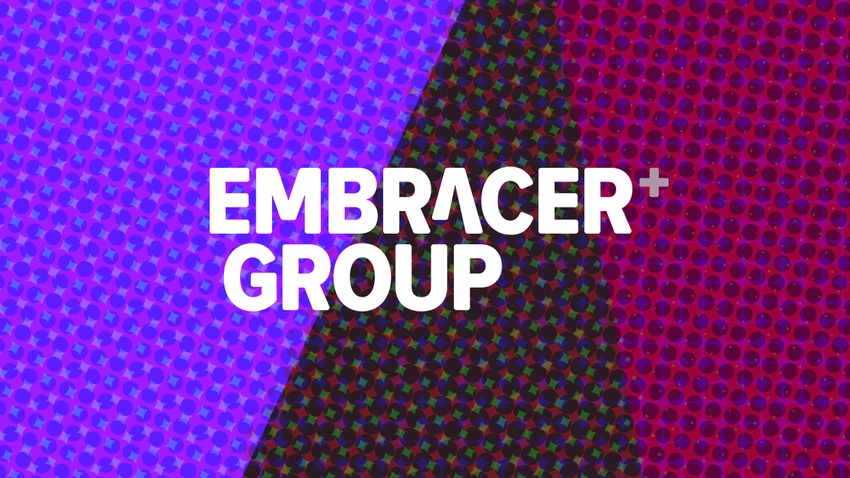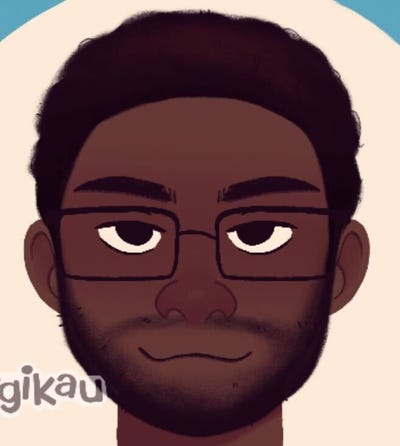
At a Glance
- The companies that previously made Embracer's games portfolio are also tasked with paying off its $1.5 billion debt.
Days ago, Embracer's tumultuous saga in games took an odd turn when the company announced it is splitting into three separate entities: Asmodee, Coffee Stain & Friends, and Middle-earth Enterprises & Friends.
Now, CEO Lars Wingefors claims it's all part of a plan to eventually make good games and make money from them.
Speaking with GamesIndustry, Wingefors explains the recent partitioning lets the company "better finance our businesses. [...] We need to have the optimal structure for those companies to prosper within.
Last summer, Embracer underwent a restructuring program that saw multiple layoffs and studio closures to compensate for a failed $2 billion deal. With the program ending a few weeks ago, Wingefors is now admitting the company's current structure was less than ideal.
"What happened in 2023 was the situation for the industry, ourselves, and the capital market worsened," he said. "Let's create the optimal environment to create success for my people and the businesses, and start talking to stakeholders about how we see the future."
As a result of the three-way split, Asmodee is taking on €900 million (or $962.8 million) of Embracer's $1.5 billion debt. The high bill was already incurred from acquiring Asmodee to start, but Wingefors thinks the studio can settle that debt quickly.
Why? Because the "banks love Asmodee," he said. "They know the company has been highly leveraged on their private equity ownership for more than a decade. [...] Board gaming is a very stable business with very stable cash flows."
Conversely, triple-A companies shouldn't have much debt, which is why Coffee Stain and Middle-Earth being saddled with less of it. Debt can be a "dangerous tool," but those two companies have "not a lot" to pay off.
Once everything with the new studios is said and done, Wingefors plans to start up a new company. That new venture, he says, will operate under an ownership structure that also works as a "long-term supporting shareholder."
It also won't have the same name as the currently contentious company, he says. The name change isn't trying to distance himself from the past, but a "strategic decision" that lets the studios form their own identities.
Near the end of the discussion, Wingefors advises the leaders of the new studios to "form their own specific strategy" for their business and the games they make. He further advised they watch what they say—but also, talk to players before shareholders.
"The trust and value you are creating as a public company is only driven by the execution. [...] So what I will say to the new management teams is don't talk too much, just deliver and it will sort itself out."
GamesIndustry's full interview with Wingefors, which also digs into how the studios were divvied up, can be read here.
About the Author(s)
You May Also Like













